The field of biomedical engineering reaches beyond hospitals and patient care to enhance the human body experience in even the most niche corners — including sport, sea, and even space.
Five former students from the Texas A&M University Department of Biomedical Engineering are working for NASA to advance space exploration and support astronauts in exploring the unknown. From directing spacecraft to bridging communications, their contributions are bringing humanity further than ever before.
Cindy Koester ’04
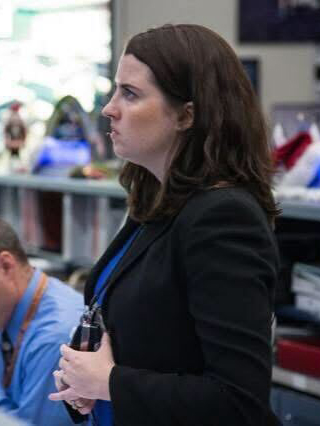
During her senior year at Texas A&M, Cindy Koester met NASA recruiters at the Engineering Career Fair and landed her first job at the Johnson Space Center. Koester trained astronauts in emergency response as a life support systems instructor in the Mission Operations Directorate. She later became a flight controller working in Mission Control and led teams of flight controllers and instructors.
Now, Koester collaborates with partners in the International Space Station (ISS) program, taking on challenging technical and integration problems to advance the mission of the ISS. But her time as a student in the biomedical engineering department prepared her for the future complexities of her job.
“My academic studies in biomedical engineering were directly applicable to clearly understanding the complex technical systems on the ISS,” Koester said. “The generic problem-solving skills gained as an Aggie engineer have been invaluable to my success as both a flight controller, instructor and leader.”
Cindy Haven ’80
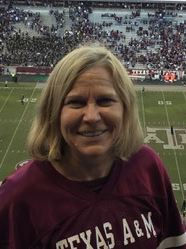
At an Aggie happy hour event eight years after graduation, Cindy Haven’s friend mentioned that she was being recruited by NASA but wasn’t interested in the position. Haven asked the friend to pass her name along instead, and the rest is history.
During her time at NASA, Haven helped integrate biomedical experiments for the space shuttle program and became the project manager for the ISS Medical Program. She played a significant role in defining the technical requirements and content of the first human research facility rack on the space station.
“We launched it in 2001, and it was intended to last 10 years, but it’s still up there today,” Haven said. “When I retired, some colleagues gave me a small mock-up of that rack. It was the best gift I could have received.”
In the shuttle program, Haven worked on themed flights, like Neurolab, which focused on neurovestibular issues. The human body operates as an interconnected system, and changes in one area, like bone density, can affect overall health. Haven’s technical background was instrumental in understanding and addressing these complex interactions.
“Biomedical engineering in the space industry is often overlooked,” Haven said. “The human body reacts differently in space, and that’s a critical part of the system. Going beyond low Earth orbit, like to Mars, presents new challenges, and understanding the human body’s response is essential.”
Katherine Toon ’06
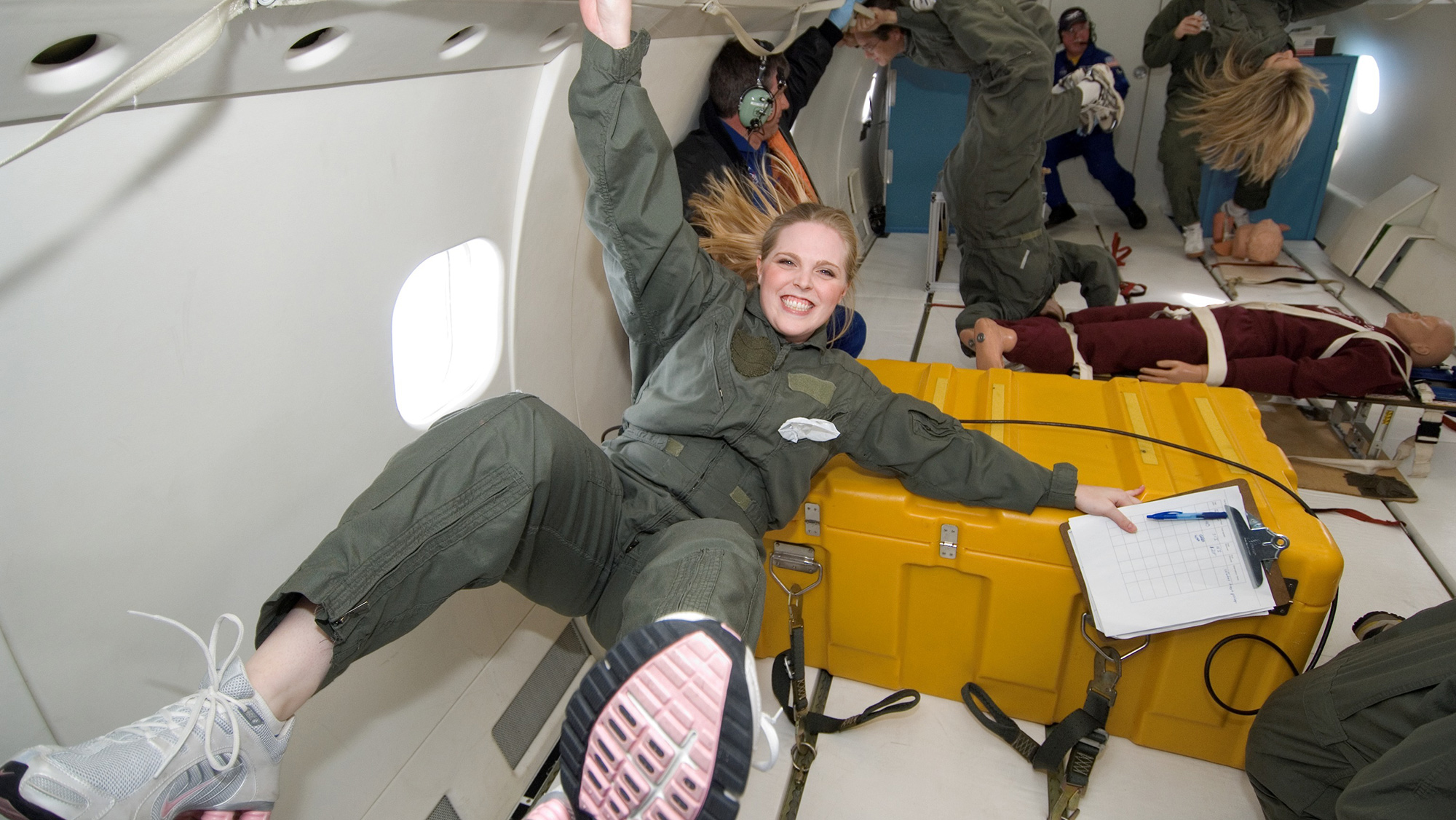
What started as three tours for a NASA co-op program in college has led to a 20-year-long career for Katherine Toon. In her current job as an Integration Manager for Environmental Control and Life Support System (ECLS) on ISS, Toon upgrades and improves life support systems, such as carbon dioxide scrubbers, toilets, oxygen generators and water dispensers to prepare for exploration missions to Mars and beyond.
“There are various areas for improvement in our ECLS Systems, whether it's improving reliability, technology, or even improving the weight and size,” she said. “Some of these systems aren’t ready for exploration missions. ISS is our test bed to figure out how to improve these very complicated systems in a relevant space/closed loop environment.”
In her tenure, Toon has applied her biomedical engineering training to a seemingly unrelated career in the aerospace industry.
“At the end of the day, engineering careers are very versatile, and our degree helps us become better problem solvers,” she said. “My biomedical engineering degree from Texas A&M helped me prepare for my career at NASA. Aerospace and biomedical engineering overlap in how we design and build for humans in the extremes of space.”
Toon has designed, built, delivered and sustained operations for a multitude of ISS life support flight hardware, including water dispensers for food rehydration, water quality monitors, carbon dioxide scrubbers, and various emergency response equipment. She has served as a Project Manager, an environmental sub-systems manager, and now as a vehicle integration manager for the ISS program during her time at NASA.
“I have been lucky enough to have an impact on different engineering opportunities using my biomedical engineering degree, and so privileged to have been a part of this phase of space exploration,” Toon said.
Anna Mendiola ’19
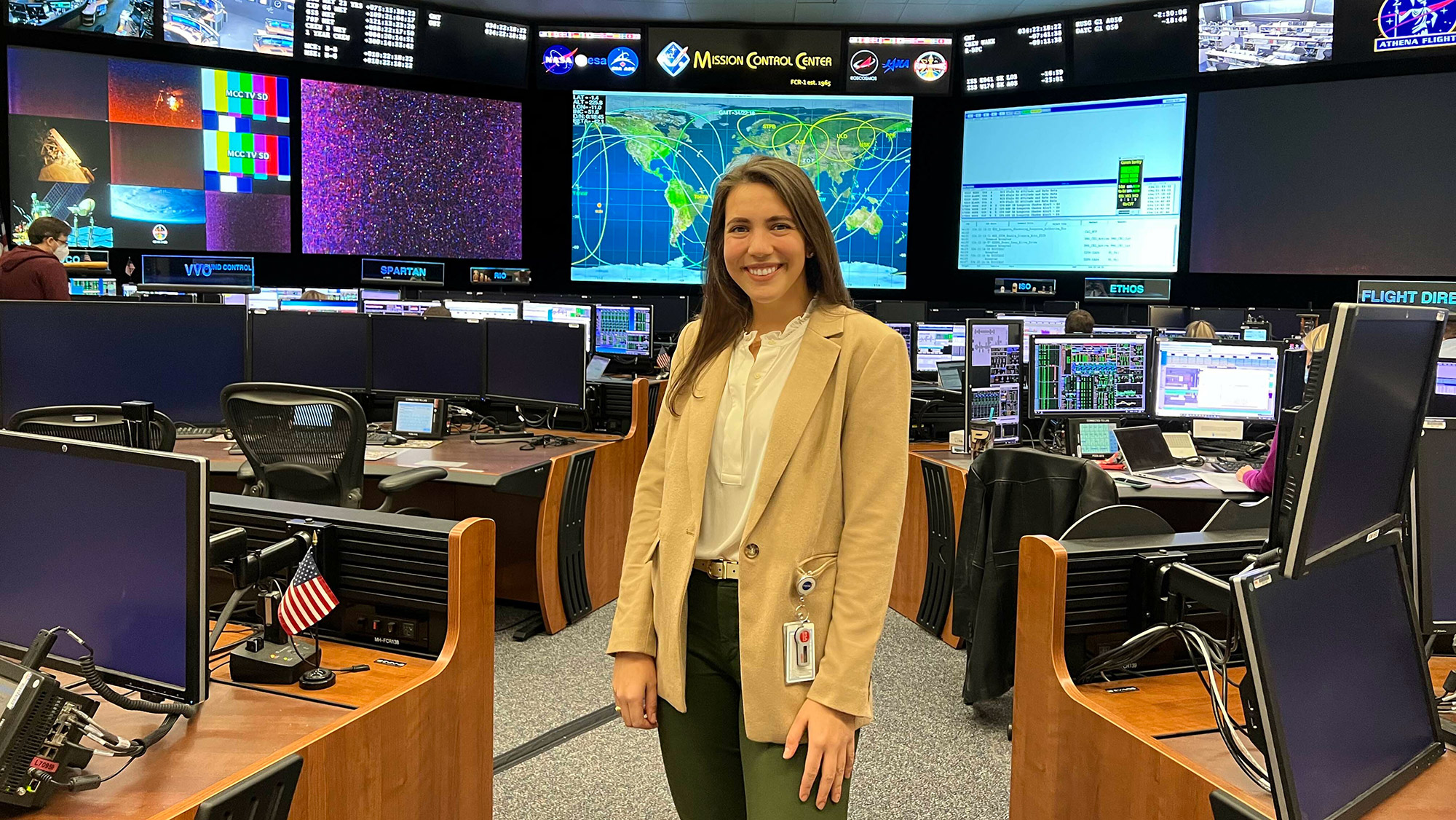
In 2018, Anna Mendiola walked into a college career fair planning to speak with leading biomedical engineering companies and walked out with an internship at an aerospace organization. Seven years later, she serves as a Biomedical Flight Controller, or BME, for the ISS at NASA’s Johnson Space Center.
“BMEs are responsible for the exercise devices and medical equipment onboard ISS, as well as all the operations associated with that hardware and software,” she said.
One of Mendiola’s key responsibilities involves remote guiding ocular coherence tomography (OCT) exams, a retinal imaging technique astronauts undergo regularly in space.
“People may be familiar with those exams as they are the retinal images taken when you visit an optometrist,” she said. “In space, these exams are important as astronauts often exhibit changes in vision due to space flight.”
For the past two years, Mendiola spent a rotation with the European Space Agency in Germany. There, she served in a role as a biomedical engineer and a European Communicator, or EUROCOM, managing real-time communications between the ISS crew and the European flight control team. She also contributed to day-to-day living improvements for astronauts on board.
“I highly recommend working abroad, for both professional and personal reasons,” she said. “Living abroad, especially where English is not the native language, takes you out of your comfort zone. You’re adapting to a new lifestyle, navigating a country you’ve never lived in, creating a new community of friends. You have to foster independence, resilience, and problem-solving.”
Now back in the U.S., Mendiola continues to support the global ISS mission.
“Supporting the International Space Station involves working with a multicultural and multilingual community,” she said. “My experiences in Europe increased my awareness of communication styles and refined my approach to collaboration. Now that I’ve been back, I’ve had the joy of sharing Texan culture with some of my European coworkers.”
Diane Dailey ’05
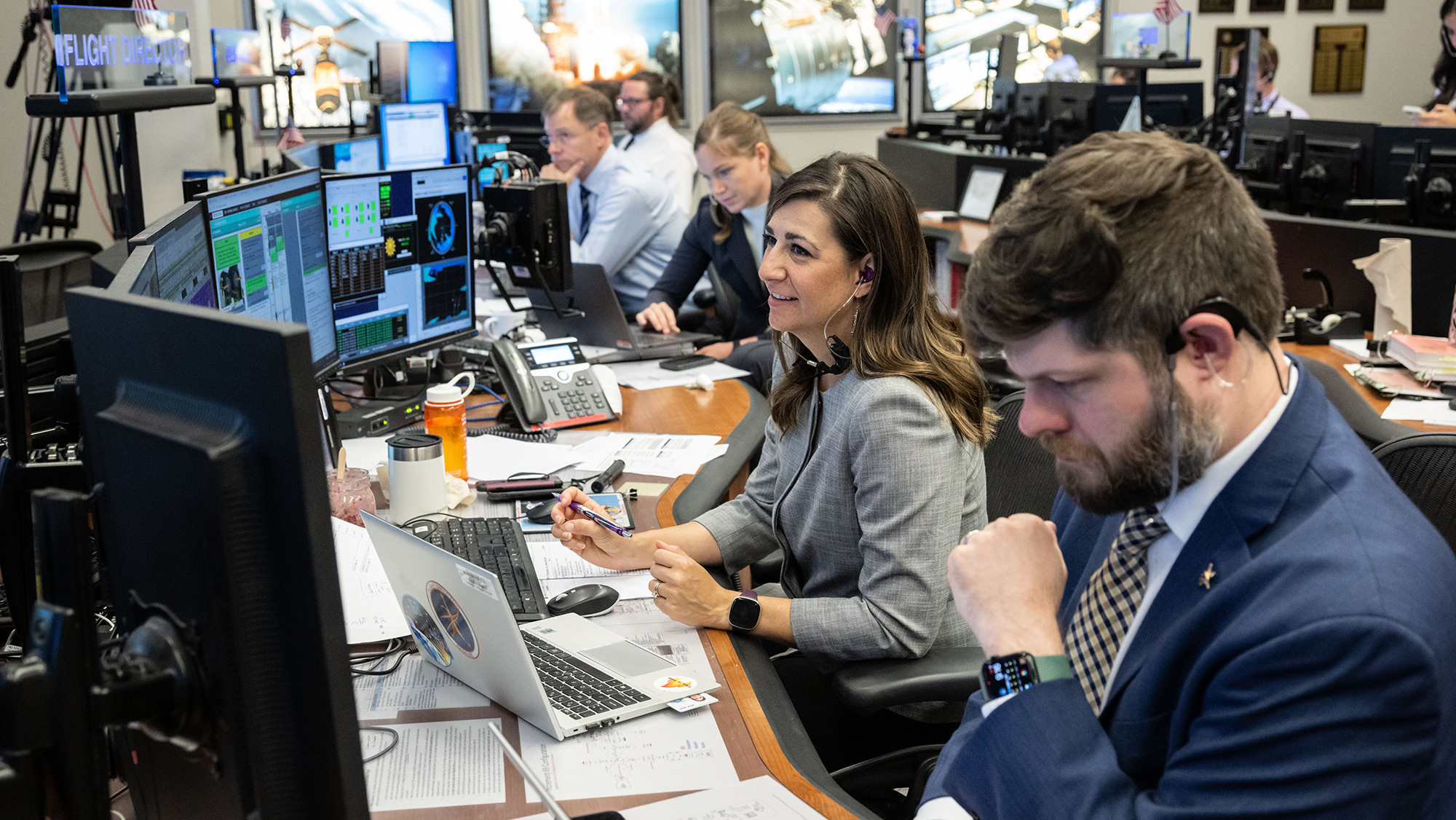
Much like an orchestra conductor, Diane Dailey’s role as a NASA flight director weaves together individual instruments and coordinates an ensemble to create a harmonious final result. Dailey leads real-time operations and guides spacecraft activities to meet mission objectives.
“The most visible part of the job is on-console, where I direct the mission control team,” Dailey said. “I ensure that we execute operations smoothly.”
Dailey and her team prepare astronauts for upcoming missions and activities like spacewalks, when astronauts leave their spacecraft to work in space. The team writes procedures and plans for potential issues; however, Dailey ultimately makes the final call and manages the risk involved.
Currently, Dailey is the lead flight director for Blue Origin’s Artemis mission lunar landing. Her leadership is crucial to the success of space missions. She provides guidance, ensures correct technical details are considered and fosters an environment of collaboration.
“Wearing multiple hats is part of the job: I plan, train, and execute spaceflight missions. No two days are the same, and I find it very rewarding,” Dailey added.
Dailey credits participating in student organizations at Texas A&M as the foundation for developing key leadership skills she still uses today. She advises biomedical engineering students to pursue their passion and not be discouraged if things don't go as planned.
“When I came to A&M, I wanted to be an astronaut, but over time, I found that there were other ways to be involved in space. I ended up finding a great fit in flight control, where I’m at the forefront of executing missions. I wouldn't have found that path if I hadn't been open to changing directions,” she said. “We need people who are willing to face hard problems because, in the end, it’s a unique and rewarding endeavor.”